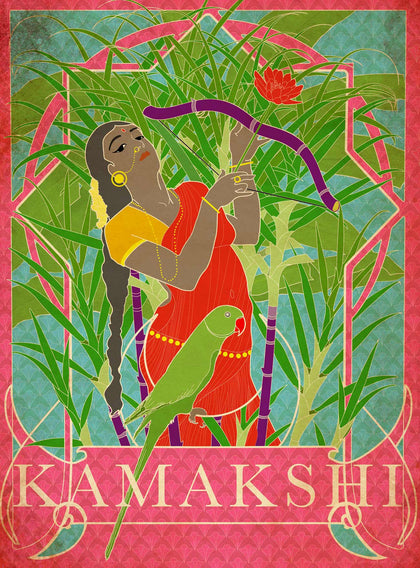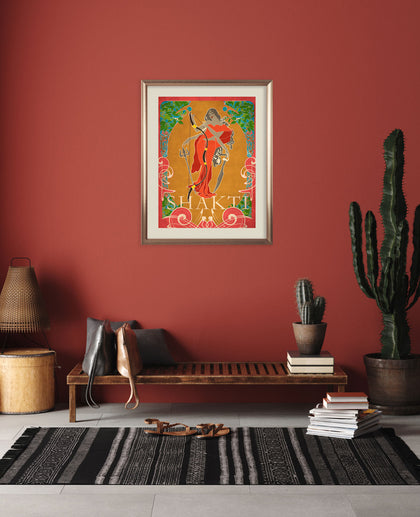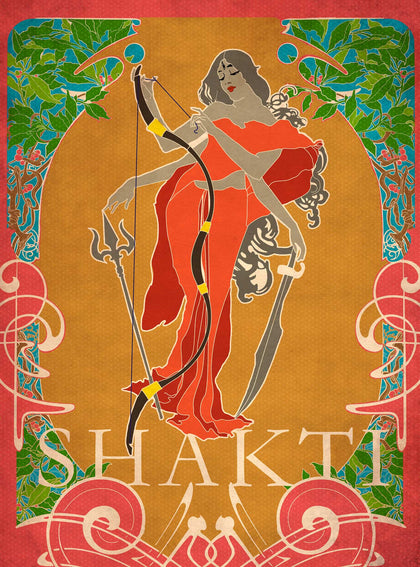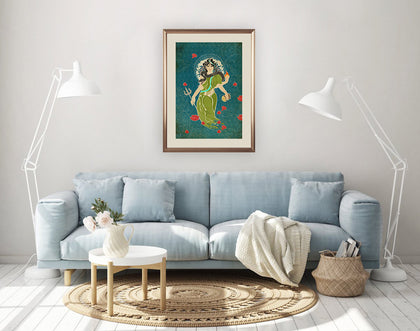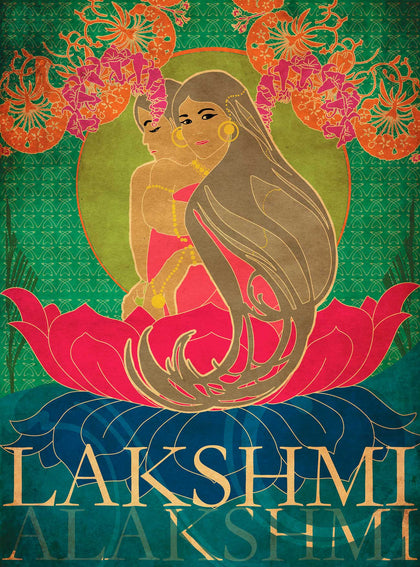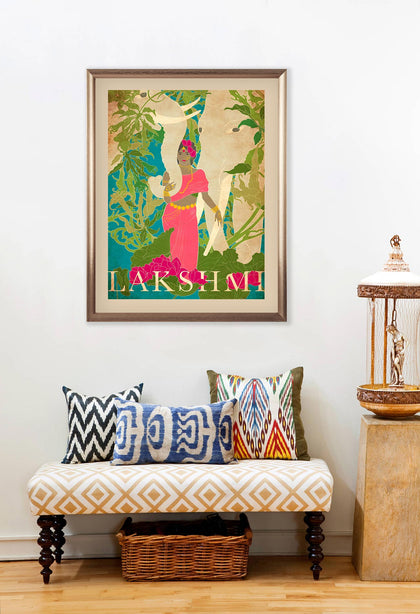Description
Her name appears three hundred times, there are twenty hymns in her praise - the most written for any god or goddess in the Rig Veda, and apparently the most beautiful. She is not worshiped or celebrated, but she is sung for. Like the other early gods of her time, she is made of words, and the ones that created her are said to be the oldest. Finding form in poetry, Usha the new dawn floods the mind, as she looks into every opening eye, every morning.
She is consciousness. And immediately dazzled, we blink – the first sign of a mortal. For Usha and her fellow immortals don’t. We are enticed out of slumber and into another day, as she passes an invisible line of time through us, counting our numbered mornings. An adored bright beacon drawn by a thousand horses, in every shade of twilight, she remains the most desired and notoriously impossible to keep. To know her is to know abandonment, for she always rides past us, towards her sisters – Sandhya and Ratri – evening and night. A goddess eternally connected to the future and the past. Eternally connected to her sisters. A bond made of time, so special it holds all of reality within it, and still, it holds them apart.
She is both, ‘to awaken’ and ‘the awakening’. Not just to enter consciences and make our way through time, but also the illumination that releases us from it. Moksha, vimoksha, vimikti, mukti - she is enlightenment. Bound by time and still timeless, she has looked at mortals, with the same unblinking eyes through eons. A gaze that talks of the existence of evil and the survival of hope, as she listens to our songs, sung to arouse her, so that she might revive us.
About the Series:
This artwork is part of the “Sister Misfortune” series, through which the artist, Smruthi Gargi Eswar, narrates lesser-known stories from Indian mythology, while reflecting on the narrative surrounding women in our culture. Various Indian goddesses (devis) are depicted with a refreshing artistic lens.
In India, there is a constant burden on women to be “Devi-like”. Through this series, the artist attempts a reverse deification of the goddesses, making them appear like real women, in a real world. The series is an exploration not just of duality, but of multiplicity. It compels us to question our attitudes - women towards themselves, men towards women. How does the idea of a goddess coexist within every woman? How do we, as a society, so casually dismiss, disrespect, disregard, and defile in our everyday existence, those who we have bedecked with gold and enshrined in a temple?
























































































 View Full Screen
View Full Screen































